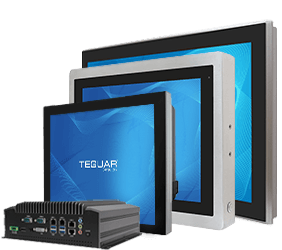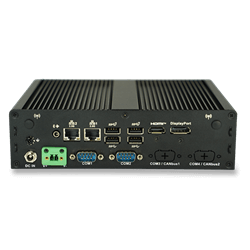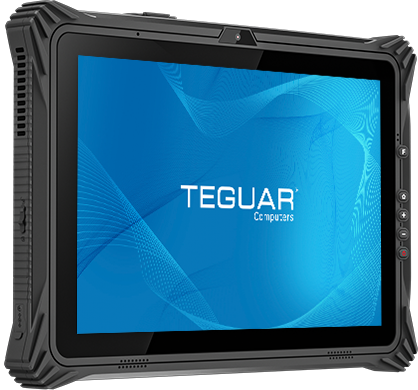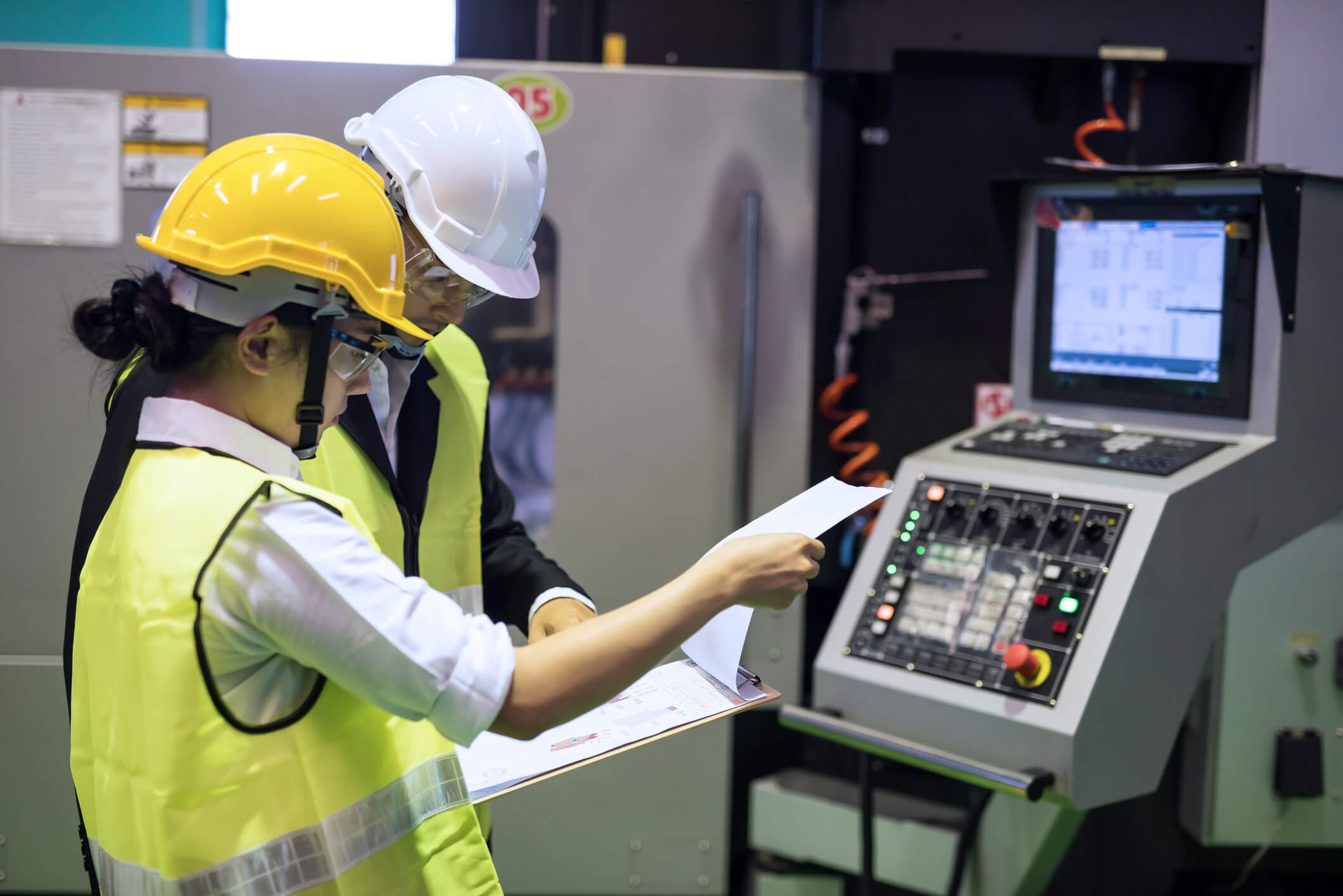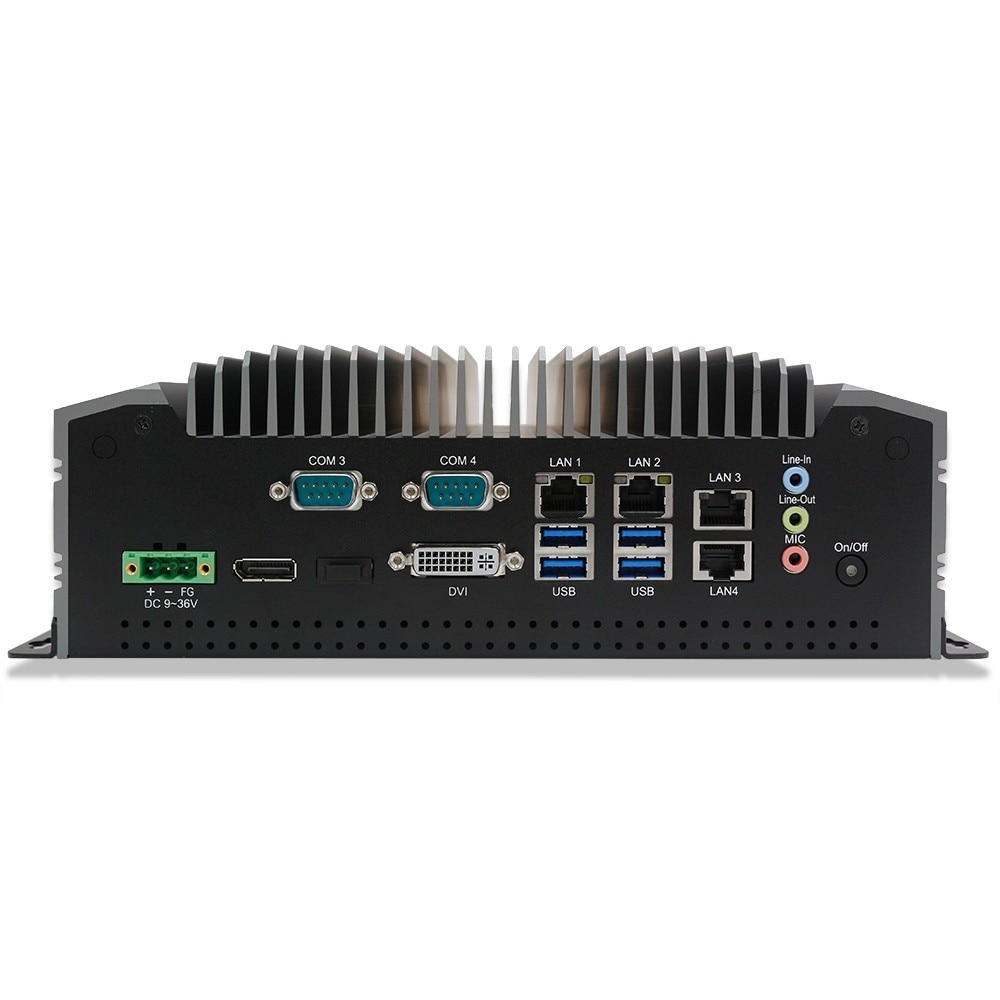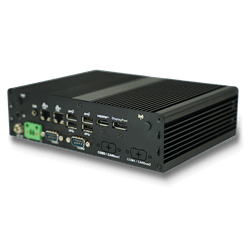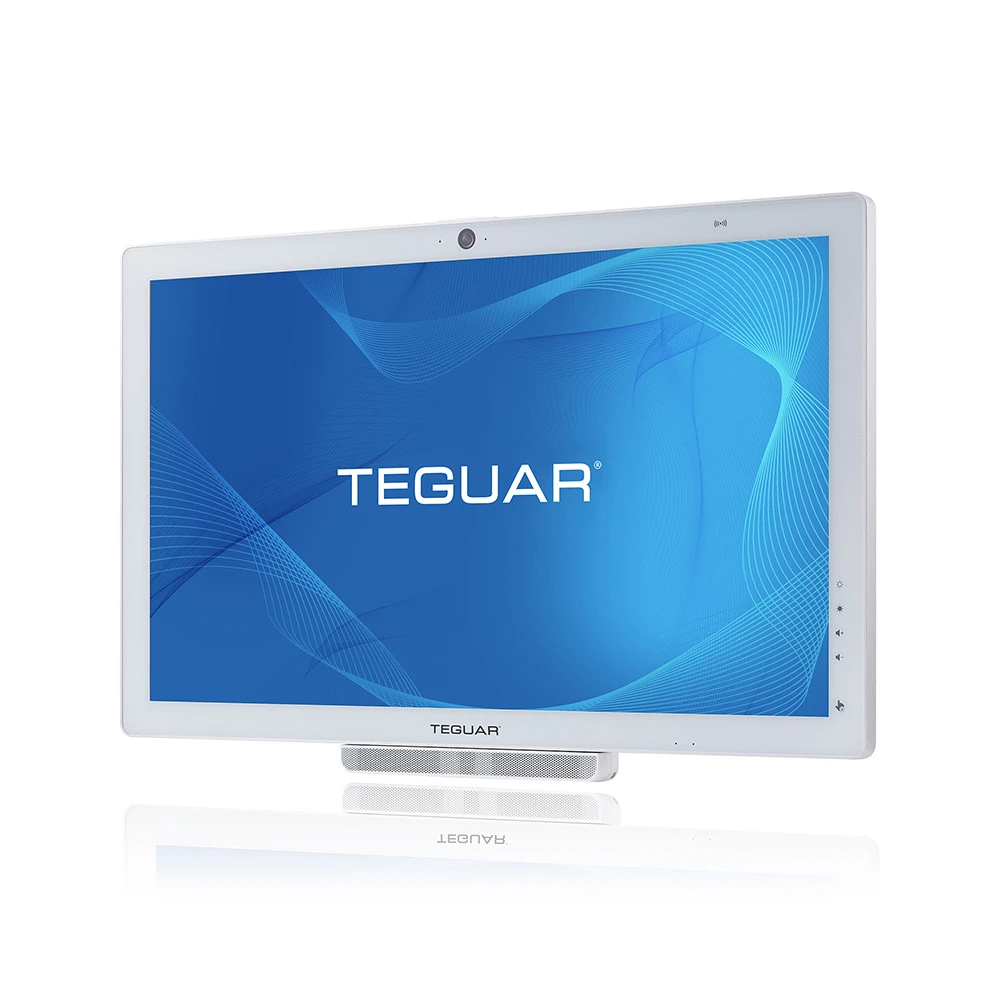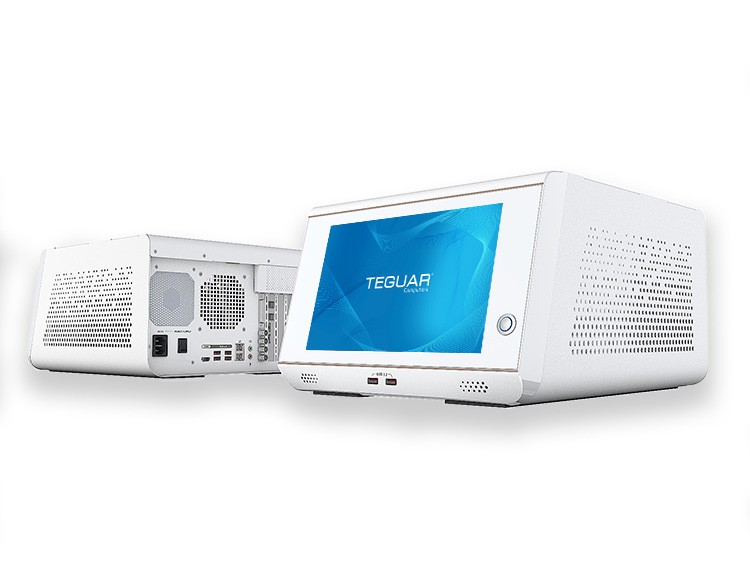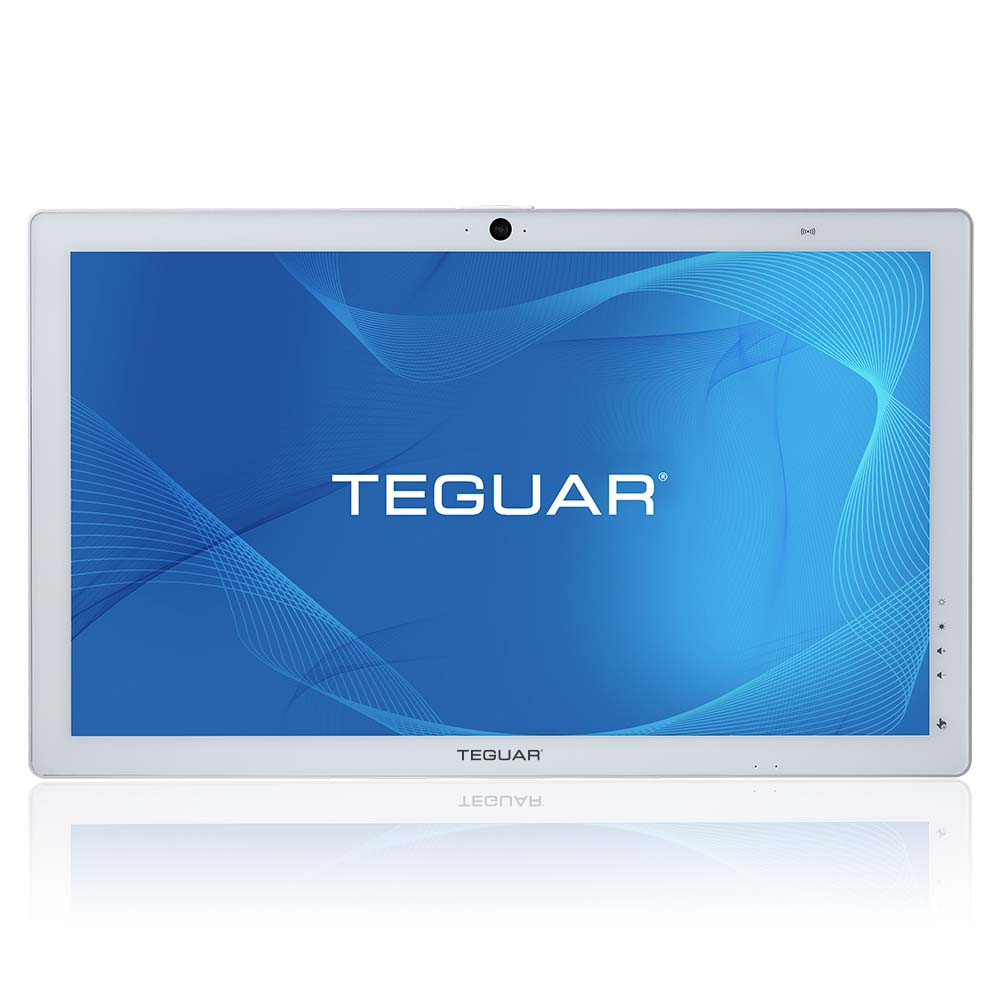Rugged Tablets Vs. Rugged Laptops
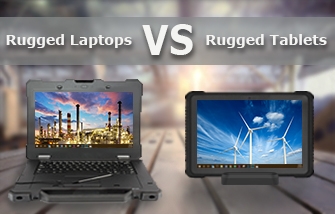 Reliability and versatility of the mobile computing market has been making fast advances in recent years. Teguar and other computer companies are learning what businesses need and what types of solutions are best for differing applications. Recently in a Modern Materials Handling Article, Teguar CTO, Bryce Keeney, commented on some of the challenges regarding mobility. “Although the form factor excited them, many customers underestimated the software implications of moving to a tablet from a fixed terminal with large screen, keyboard and mouse.” Software user experience is one consideration among many. There are many key considerations when choosing which mobile computing solution to go with.
Reliability and versatility of the mobile computing market has been making fast advances in recent years. Teguar and other computer companies are learning what businesses need and what types of solutions are best for differing applications. Recently in a Modern Materials Handling Article, Teguar CTO, Bryce Keeney, commented on some of the challenges regarding mobility. “Although the form factor excited them, many customers underestimated the software implications of moving to a tablet from a fixed terminal with large screen, keyboard and mouse.” Software user experience is one consideration among many. There are many key considerations when choosing which mobile computing solution to go with.
The table below gives a quick overview of pros and cons of three main solutions: Rugged Heavy Duty Tablets, Rugged Laptops and a Hybrid Solution.
| Pros | Cons | |
Rugged Tablet | • Less points of failure • More availability of Android-based platforms • Most versatile mounting options such as fork-lift mount • Can do double duty as mobile OR fixed mount solution. • Lighter weight • Easiest mobility/ form factor • Highest IP ratings • Easier docking/expansion capabilities • More personalized user experience – pen, touch, OSK • Most cost efficient mobile solution | • Does not have a keyboard for extensive info input • Touchscreen, even if ruggedized is less protected • May not have as advanced CPUs or as high performance – due to smaller form factors • May need specific mobile-based software • Shorter battery life |
| Pros | Cons | |
| Rugged Laptop | • Can have higher CPU with higher performance • Screens less prone to direct impact • Has a Keyboard and track pad • May have additional battery placement area (longer battery life) • Expandable I/Os real estate | • Has a keyboard which collects dust, dirt and debris. • More hardware components increases risk of failure • Less options for peripheral devices or docking solutions • Unable to use in the “portrait” position • More expensive than tablets. • Heavier/ Larger |
| Pros | Cons | |
| Hybrid Rugged Tablets with Removable Keyboard | • Flexibility of tablet or high data input (laptop) • Can extend battery life with expanded keyboard battery • Can expand I/O features with keyboard • Made to use in just about any environment | • More parts to keep track of -possibility of losing keyboard or connecting hardware • More expensive solution • Keyboard attached may drain battery more quickly (if no extra battery present) • Heaviest solution • More points of failure (hinges and locking mechanisms) |
Overall, the use case scenario will determine the best fit. Tablets are a fast-developing product group, so expect upgrades and advancements every year. One of the most important things to consider is how they fit into your overall computer hardware infrastructure. Since they depend on a wireless connection, they will need to maintain a dependable and secure connection. Consider form factor and resolution as this is always important for user experience and software compatibility.
Previous Article
New TM-4433-10 brings a Super Slim 10” Panel Mount PC to Healthcare

